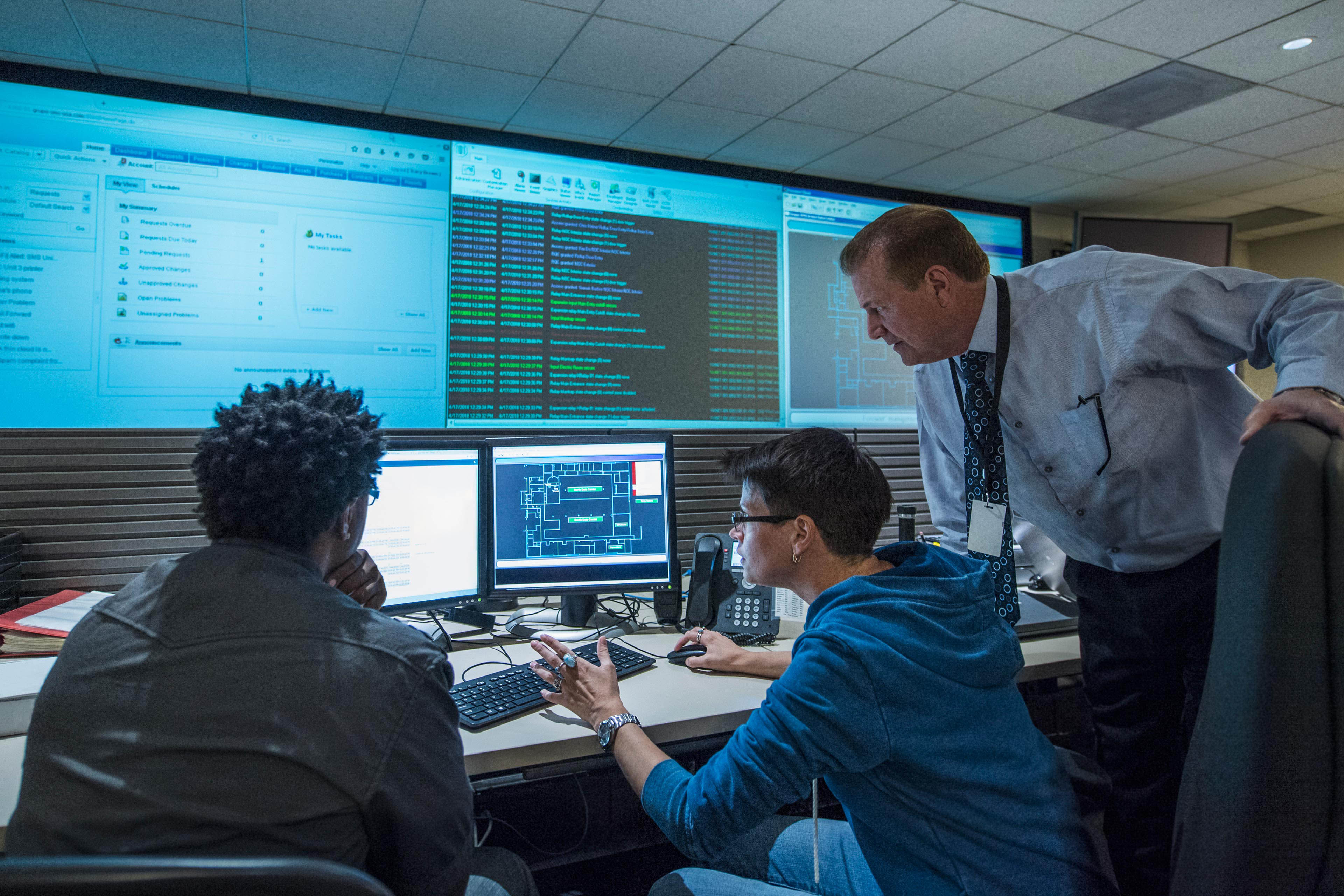EY refers to the global organization, and may refer to one or more, of the member firms of Ernst & Young Limited, each of which is a separate legal entity. Ernst & Young Limited is a Swiss company with registered seats in Switzerland providing services to clients in Switzerland.
How EY can help
-
Discover how EY's cybersecurity, strategy, risk, compliance & resilience teams can help your organization with its current cyber risk posture and capabilities.
Read more
While many companies acknowledge the critical role of cybersecurity in manufacturing and the need for adopting suitable technical and organizational measures to uphold the availability, confidentiality and integrity of OT-IT systems, they frequently encounter the challenge of determining the initial steps, sequencing, and priority areas to embark on this crucial journey. The OT security transformation journey demands a proactive approach that considers the unique challenges of securing industrial manufacturing processes. Understanding the landscape, building collaborative teams and implementing comprehensive cyber security strategies are key success factors, enabling organizations to manage the change while protecting their operations, reputation and growth prospects.
Step 1: Understand the threat landscape
Different stakeholders naturally approach the topic of OT security with their own perspective on priorities. An IT specialist in enterprise IT, for example, will take a different view to an automation engineer or a business representative. Conversely, a site manager will invariably focus on business continuity. Although managing different stakeholders can be a challenge, it is also an opportunity to seek different viewpoints for a realistic and holistic take on the threats your organization is facing.
In the realm of OT security, several established international industry standards are also available to guide companies through their threat landscape exercises, including IEC 62443, the Cybersecurity Framework issued by the National Institute of Standards and Technology (NIST) and good manufacturing practices (GMP).
No standard is likely to offer a comprehensive solution in isolation, but their content can help guide organizations as they examine their individual threat landscape and navigate the various international standards to tailor requirements and measures to their own organization.
Global companies should also assess national and international industry and regulatory requirements to determine which current and future cybersecurity compliance guidelines are applicable to their operations. Regular updates and monitoring of compliance frameworks are essential to ensure ongoing adherence to evolving cybersecurity standards.
Step 2: Identify vulnerabilities and quantify risk
Once you understand the threat landscape, the next step is to assess risks and to identify ways to mitigate threats and vulnerabilities that could impact critical and vital industrial systems. Major threats and vulnerabilities can occur in the manufacturing industry, such as ransomware attacks with malicious software infecting manufacturing systems due to an outdated or unpatched software. Unauthorized access to industrial control systems (ICS) is another significant threat that can arise if networks are not adequately protected.





